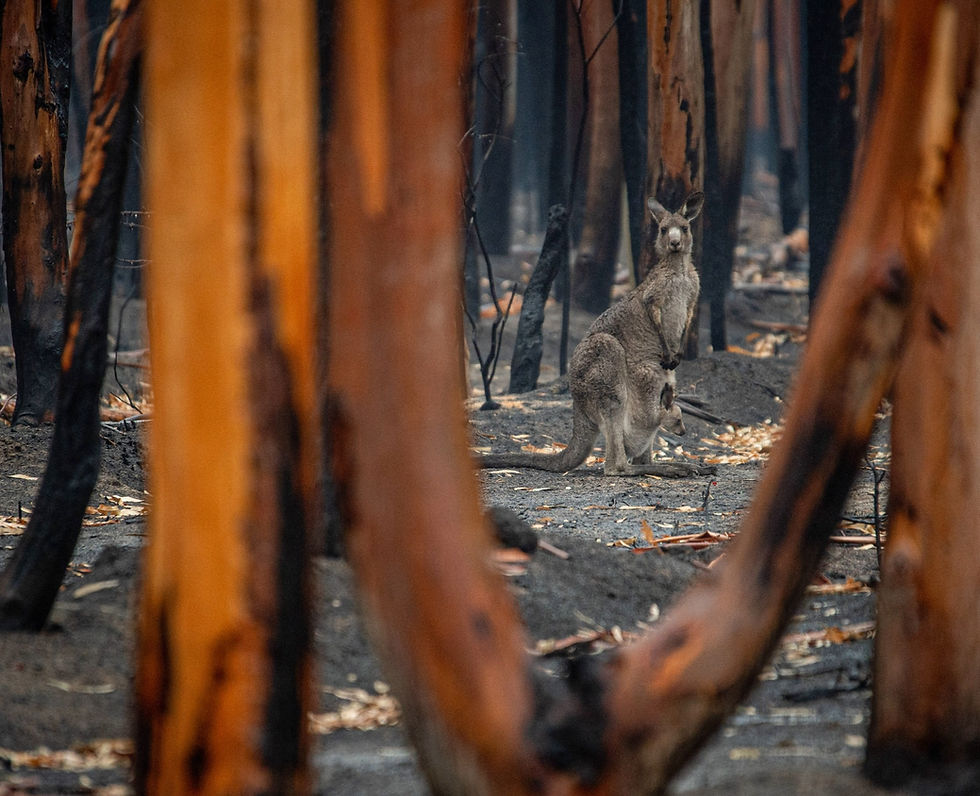United Nations: Life Expectancy, Education and Income Have Fallen
- Aimee Jones
- Mar 6, 2023
- 3 min read
Updated: Mar 31, 2023
Aimee Louise Jones analyses the effects of recent global crises on life expectancies, incomes and social inequalities worldwide
Photo by Jonathan Moy de Vitry
The United Nations recently released a report which details a drop in life expectancy, education and income over the last two years. It portrays a lack of recovery since the global pandemic and other factors possibly causing this fall in statistics. It is said that decades of progress have been unravelled in just two years, with 9 out of 10 countries slipping backwards on the United Nations Human Development Index.
Changes in life expectancy
In 2021, global life expectancy dropped to 71 years, down from 72.8 years in 2019, with coronavirus initiating the largest drop in life expectancy since World War Two. A study by the International Journal of Epidemiology examined impacts of COVID-19 on life expectancy for 29 countries, explaining that few people recovered in 2021 while many experienced further declines.
There was a slight rise for England and Wales but lowered in Scotland and Northern Ireland. The countries who distributed the COVID-19 vaccinations quickly and to all ages bounced back much faster than those unvaccinated. Only four countries - France, Belgium, Sweden and Switzerland - have recovered the same life-expectancy rate that they had prior to the pandemic.
Another negative impact on life expectancy is climate change. Climate change affects both the social and environmental determinants of health, such as clean air, sufficient food, clean water and safe, secure shelters.
The World Health Organisation (WHO) predicts that between 2030 and 2050 climate change will cause 250,000 additional deaths per year because of malnutrition, malaria and other related illnesses.
According to the WHO, there are many other climate-sensitive risks:
Injury and/or death from extreme weather events
Water-borne diseases
Mental and psychological health.
In turn, the increases in such illnesses are having a negative impact on health sectors.
Changes in income
According to The World Bank in 2020, it was predicted that COVID-19 would push as many as 150 million people into extreme poverty by the following year. During 2020, the world's collective Gross Domestic Product decreased by 3.4%. Inflation is outstripping wage and benefit increases, meaning that people are finding it hard to pay for everyday necessities such as food, gas, electricity, rent and mortgage payments.
There has been pressure on cost since mid-2021 when global lockdowns were lifted and most of the world’s advanced economies reopened. The main price increase that many of us are struggling with is the cost of gas. After the pandemic, there was a larger demand for gas in Asia, along with unexpected shortages worldwide.
On top of this, the war between Russia and Ukraine has also had an impact on price increases. Russia is one of the biggest suppliers of gas for European countries, though many now refuse to trade with Russia. On the other hand, Ukraine has been a major global supplier of agricultural goods. The disruption to this trade could mean that people will also see an increase in food cost too.
"Inflation is outstripping wage and benefit increases, meaning that people are finding it hard to pay for everyday necessities"
Changes in education
Due to global lockdowns throughout 2020, education was disrupted. The first set of test results after the pandemic looked specifically at seven and eight-year-olds in England. Students tested much lower than those in previous years when it came to reading, mathematics and writing, scoring 11% lower overall than those examined prior.
The United Nations Human Development Index looked at the difference between one of the top-rated countries in the world and one of the lowest-rated countries, in terms of education. In 2022, the statistics show that the Swiss population attend on average 16.5 years of education in their lifetime. In comparison, the people of South Sudan only have access to an average of 5.5 years of education in their lifetime.
Did you know? In 2021, global life expectancy fell to 71 years, from 72.8 years in 2019. - United Nations
Concluding comments
These facts and statistics lay bare the impacts of the pandemic on people across the globe and show us how other pressures affected these statistical changes. COVID-19, climate change, and the war in Ukraine have contributed to the unwanted losses of recent years. Though the losses in life expectancy, income and education may appear out of our control, they are simultaneously affected by presenting environmental dynamics, and we are a part of those dynamics.
Similar articles: Toxic Air Pollution: The Other Pandemic
Researched by Alexandra Kenney / Edited by Mia Caisley / Online Editor: Harry Hetherington















Comments